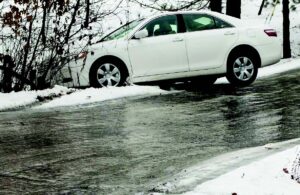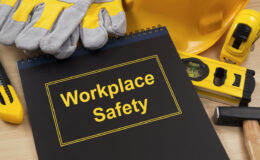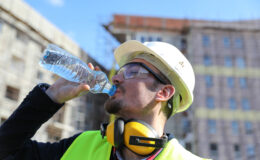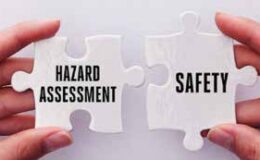By Donna Motley, Vice President of Claims
Let’s face it, we’ve been lucky so far! Living in Michigan and having temperatures in the 50’s in December? That wasn’t very common when I was growing up! I know I’m sounding old, but I can remember a Thanksgiving where there was three feet of snow on the ground! But, most likely, the snow is on its way. Or maybe even worse – ICE! Now is the time to prevent possible future injuries. “Ice and snow” are synonymous with “slip and fall”. Before the elements arrive, it would be a good idea to check the condition of your parking lot and fix the cracks and pot holes. Have the bag of salt or deicer on hand and ready to be spread. Inspect for accumulations of water, ice and snow. Make sure your outdoor cameras are operating properly. Inspect the mats inside the entrance and exit doors – are the corners curling (another trip hazard), are the mats thread bare, has the back-side lost their grip (i.e. do they slide)?
What precautions can be taken once the employee’s feet leave the mat and they are walking on the shop floor? Will the floor be wet from the employee’s wet boots/shoes? Will the floor be slippery if it is wet? The same consideration should be given to the floors in the rest room or break area.
As a reminder – if an employee slips and falls in the parking lot due to ice and snow while arriving to work or when leaving work for the day – the injury is usually covered by Workers’ Compensation. If the employee slips and falls in the parking lot due to ice and snow while on a “personal mission” – like retrieving their cell phone from their vehicle – Workers’ Compensation is not going cover to the incident. Bear in mind, a slip and fall in the parking lot can result in the employee not only hitting the ground, but possibly hitting a vehicle, so injuries could be substantial. Our basic instinct when falling is to stick our hand or arm out hoping to break the fall which only causes more injury. I think technically we are supposed to “tuck and roll” – but who knows how to do that?
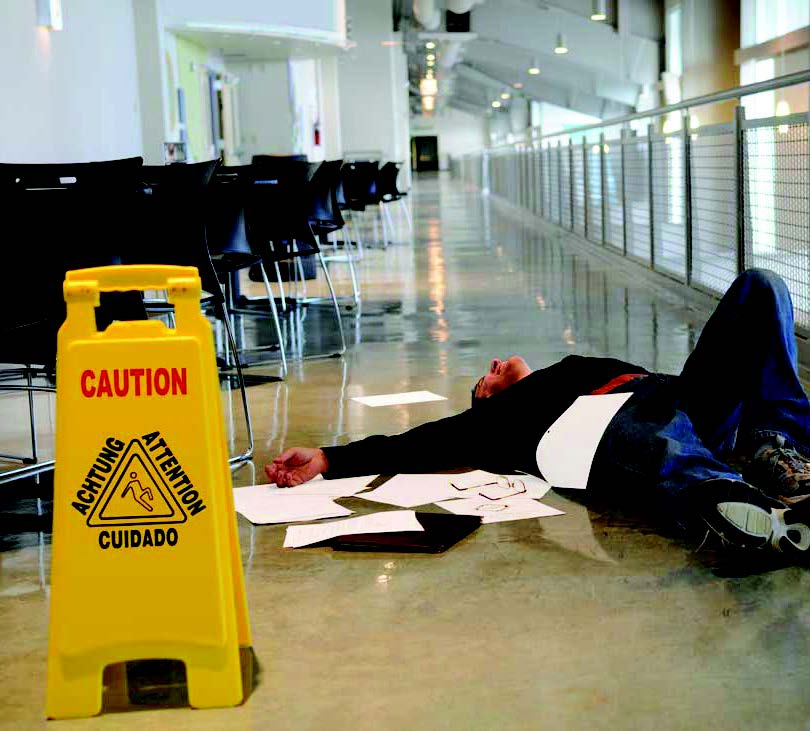
When an employee slips and falls inside the building, additional questions need to be answered. Why did they fall? What type of shoes were they wearing? If work boots are “required” per company policy and the employee is wearing athletic shoes, do you have a disciplinary program in place? Were there any witnesses? Did they hit anything on the way down? If an employee trips on their own shoelaces and falls onto the ground sustaining injury, Workers’ Compensation would not apply.
Don’t wait to the last minute, or until “after” an injury occurs, to make corrections. Let’s be pro-active – that way everyone wins!

